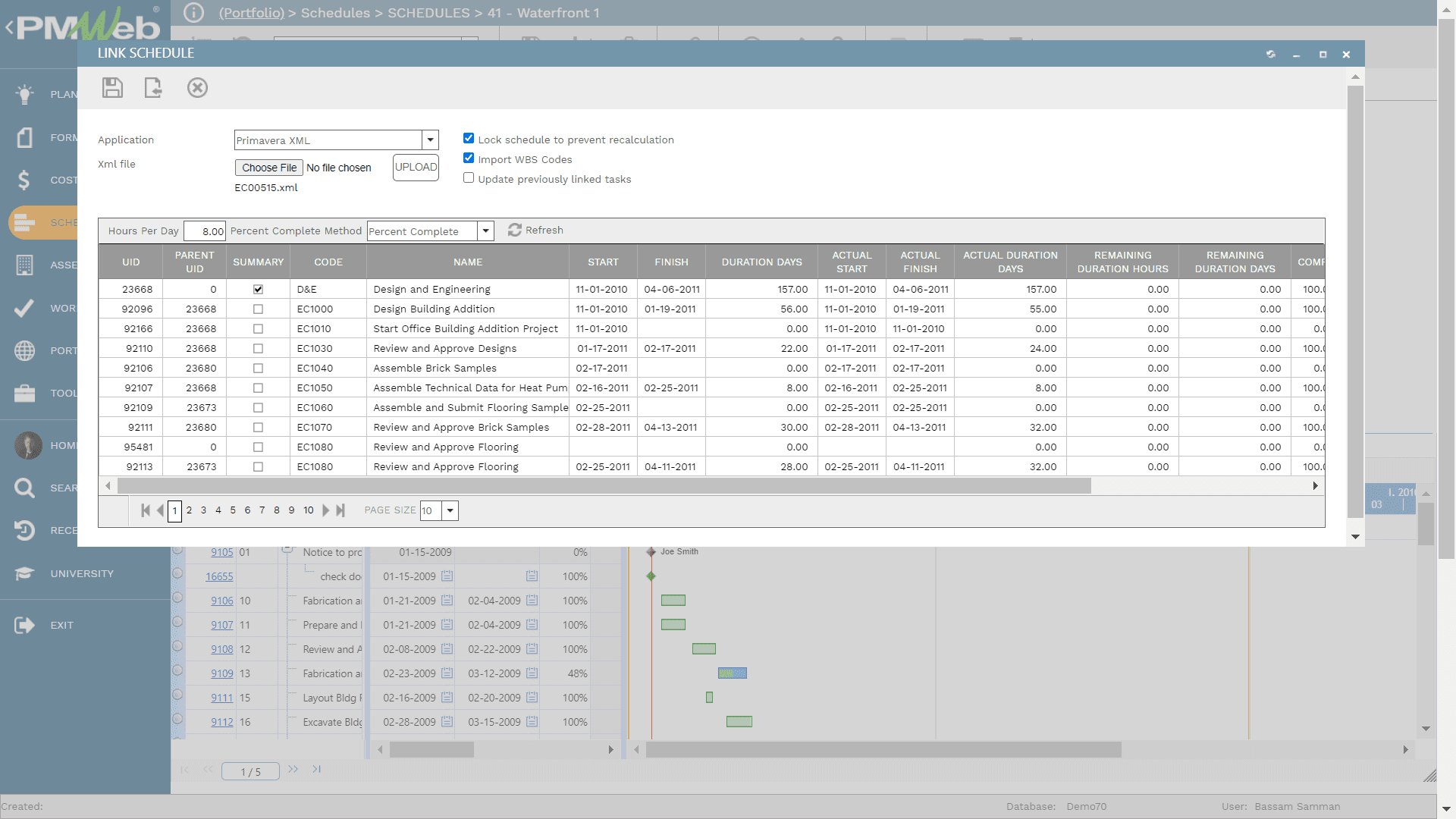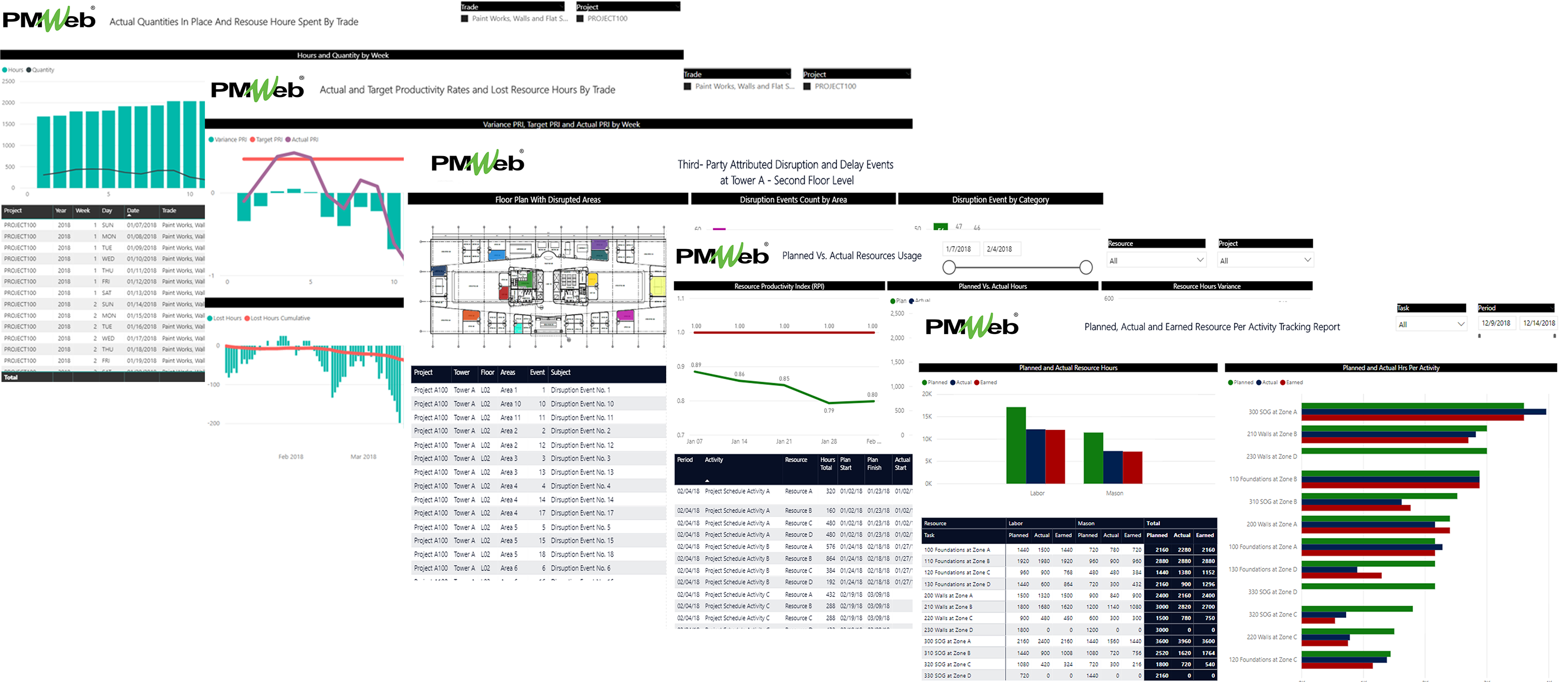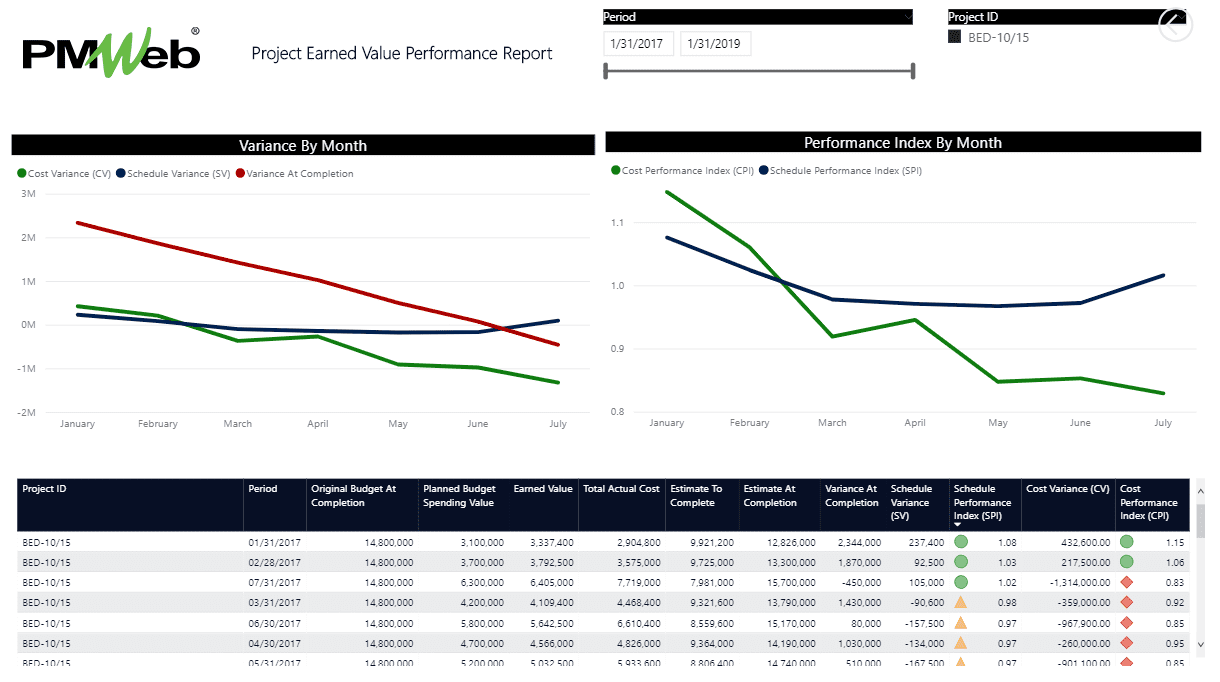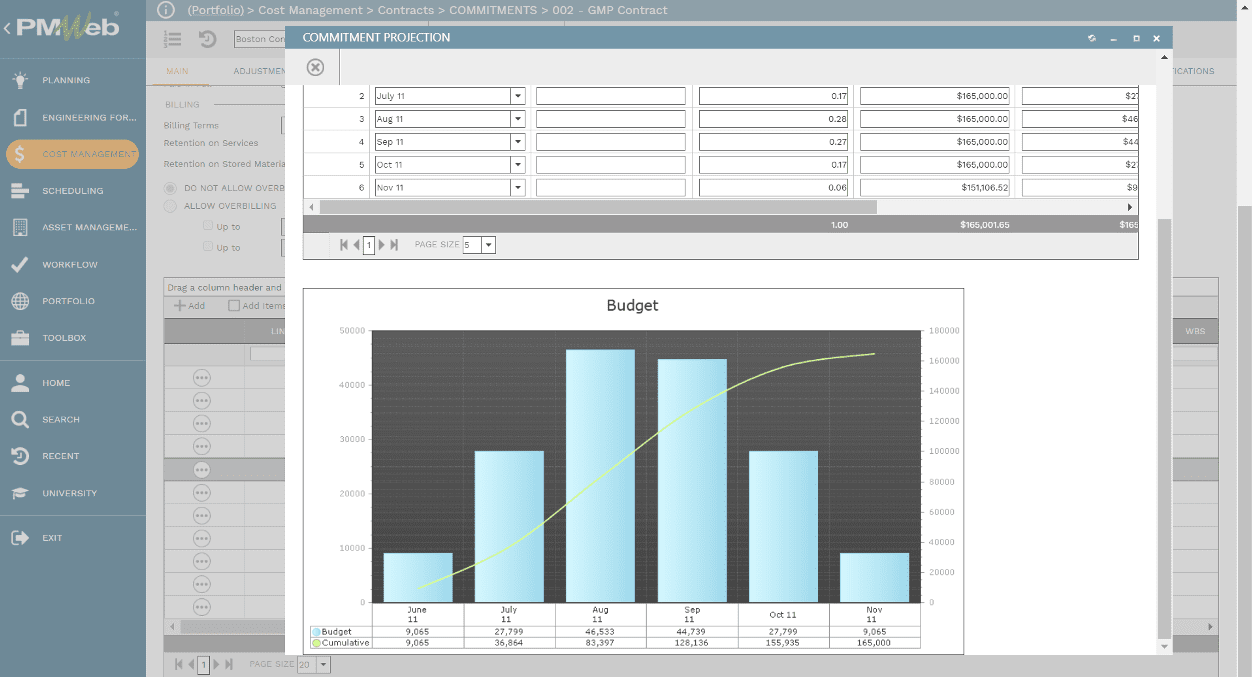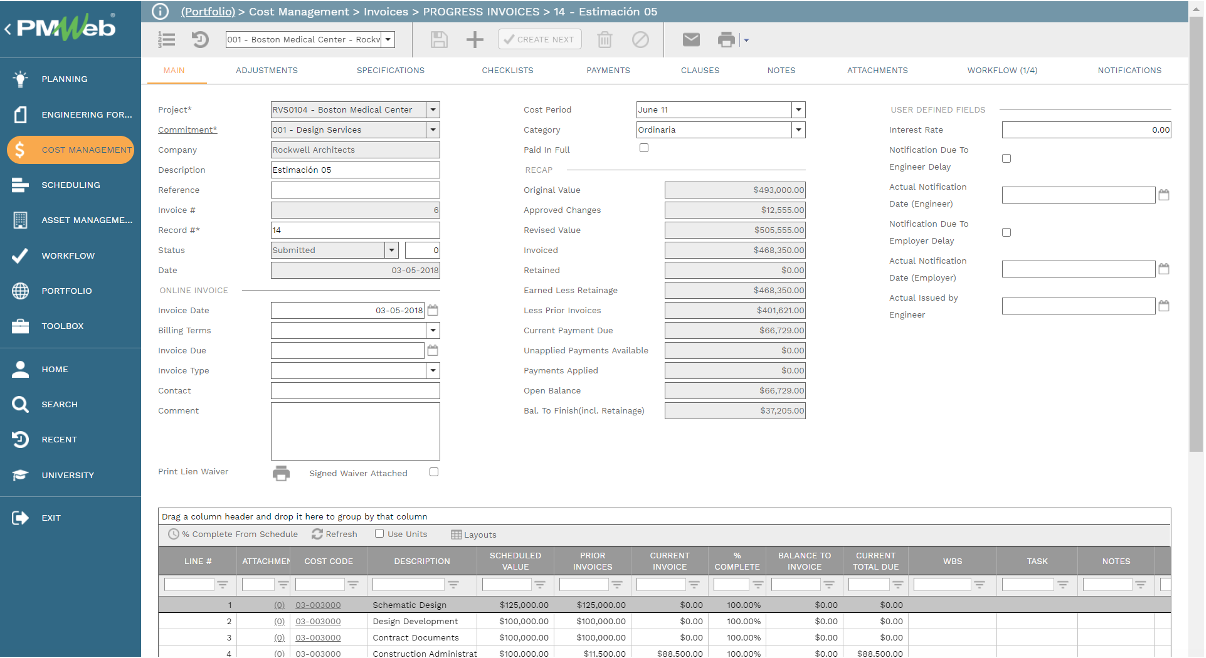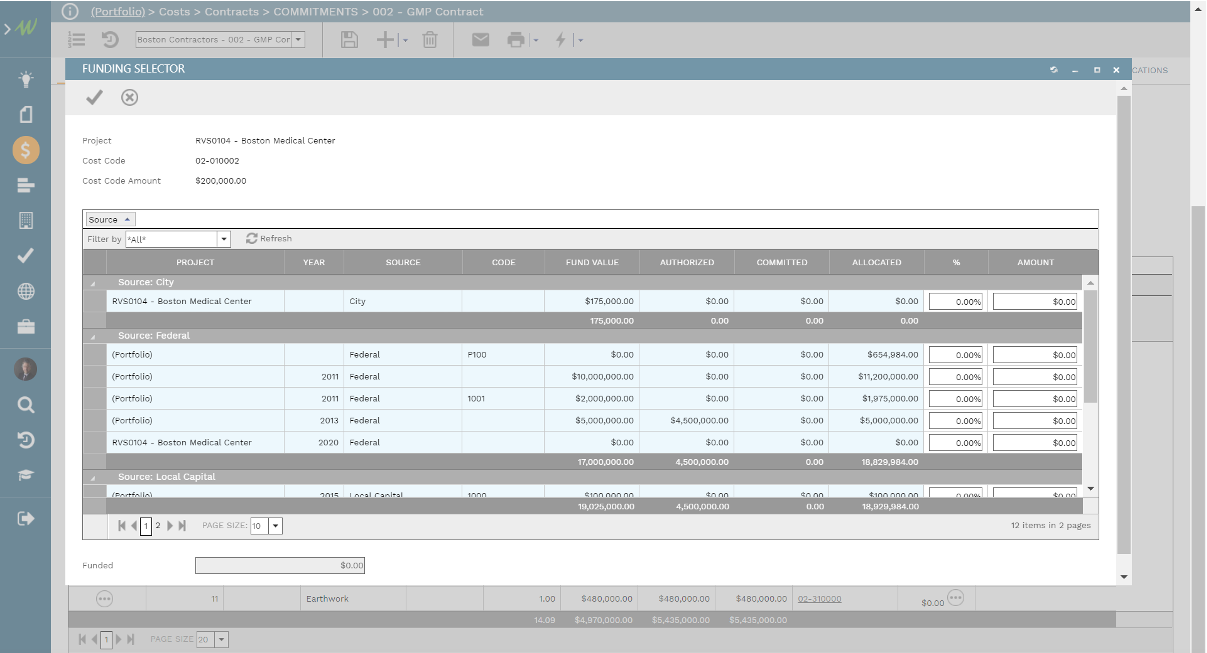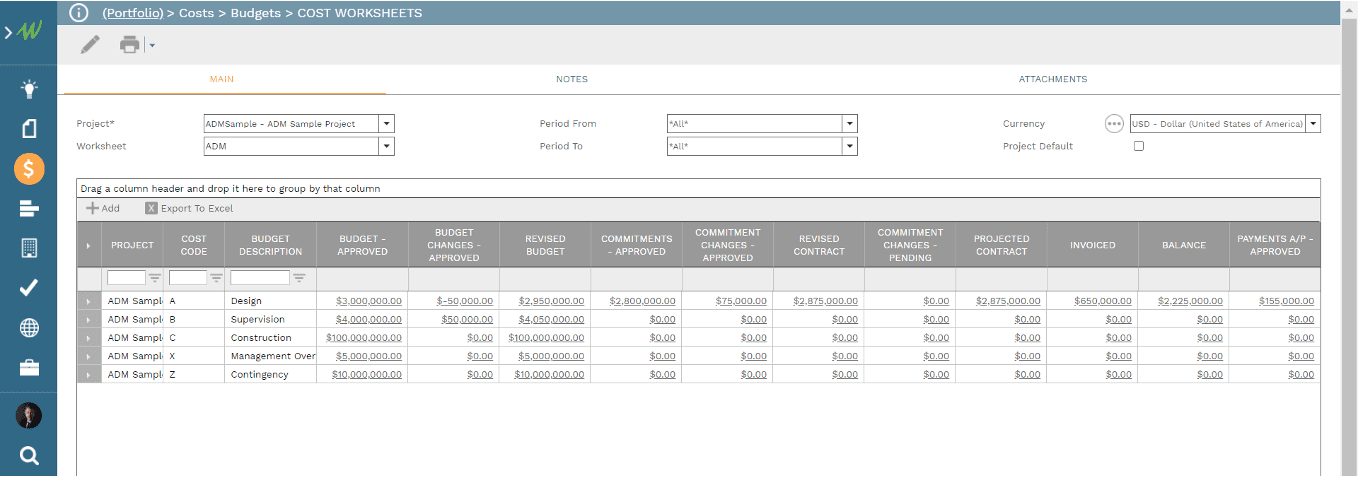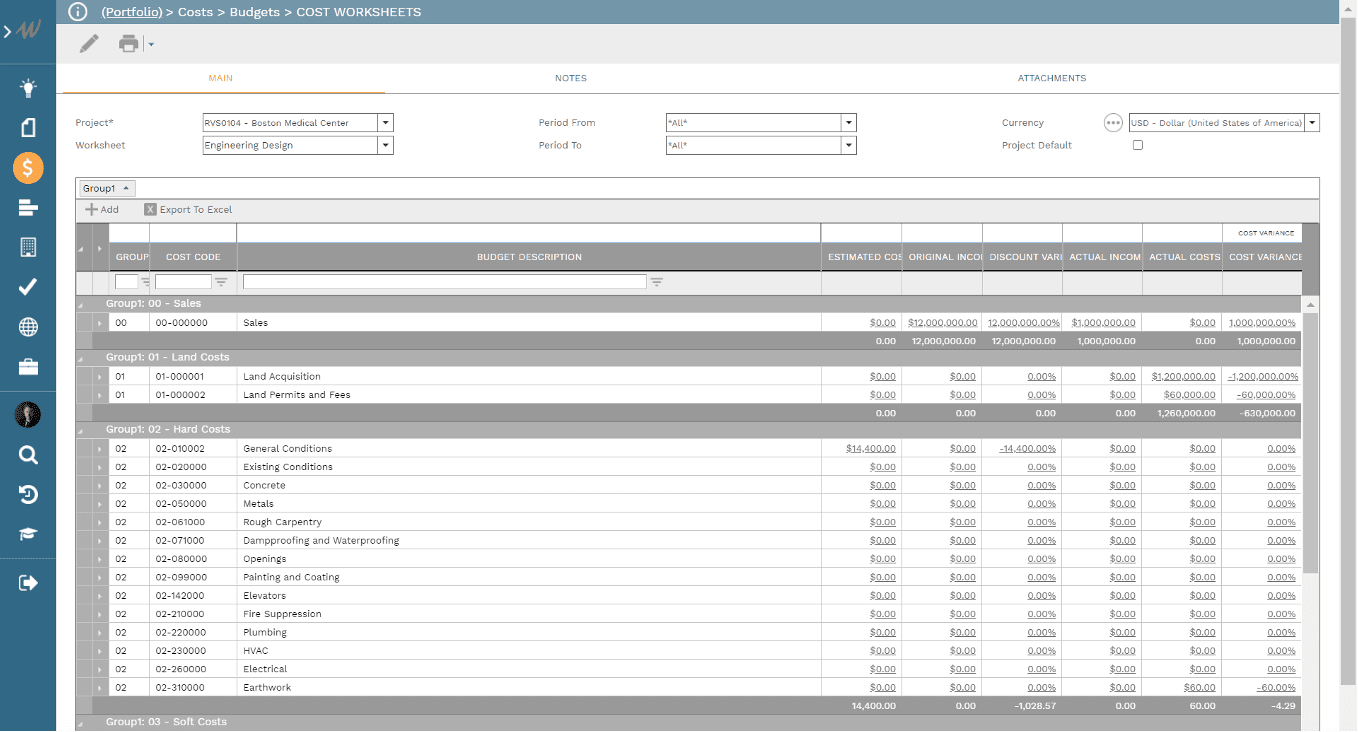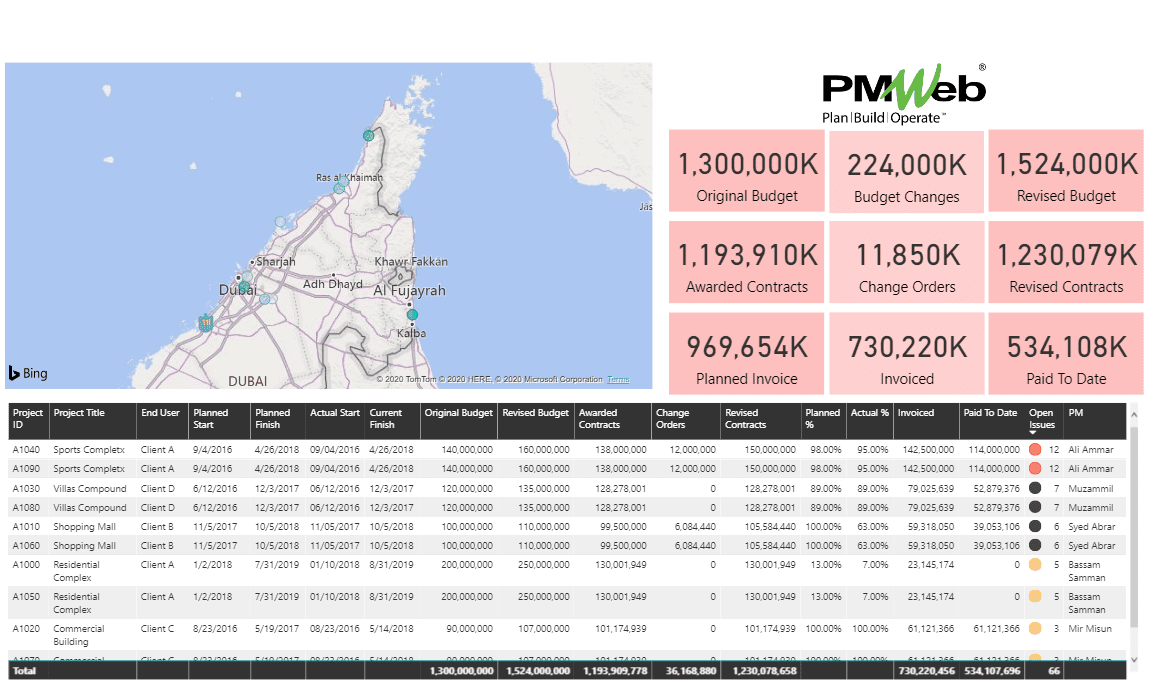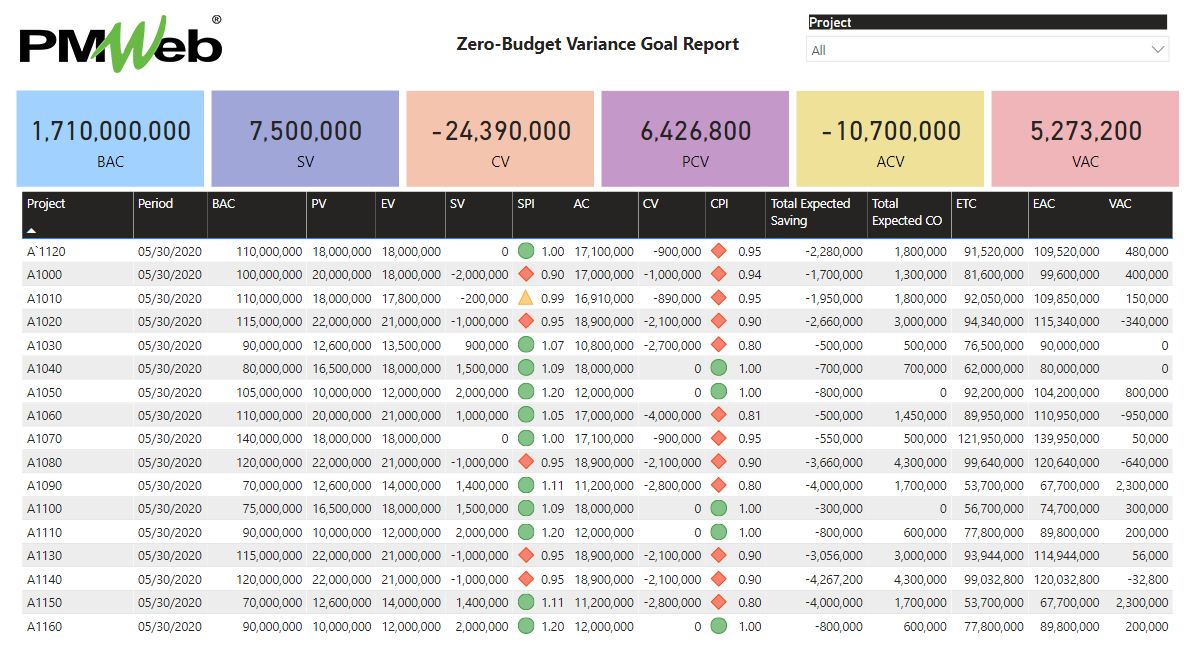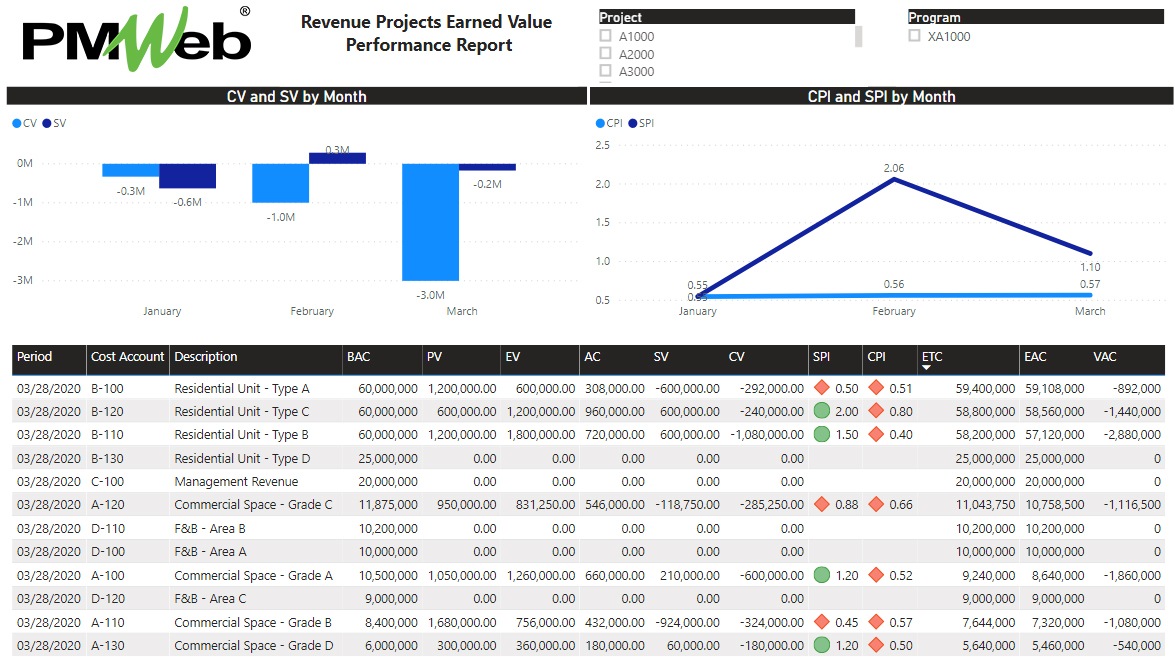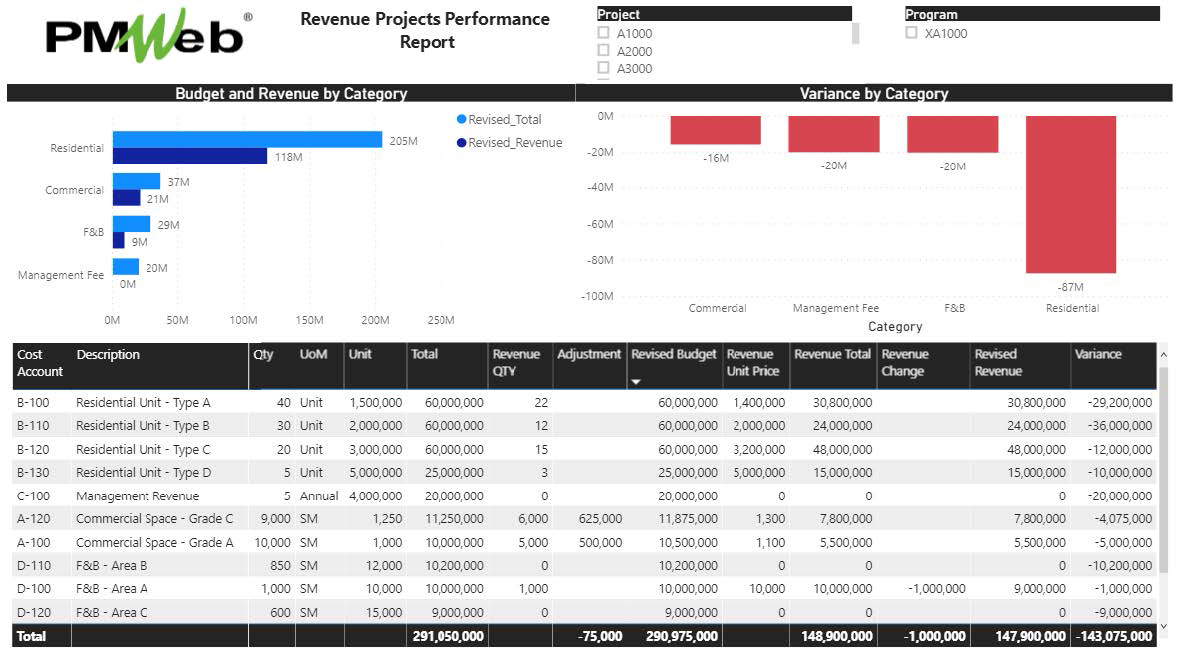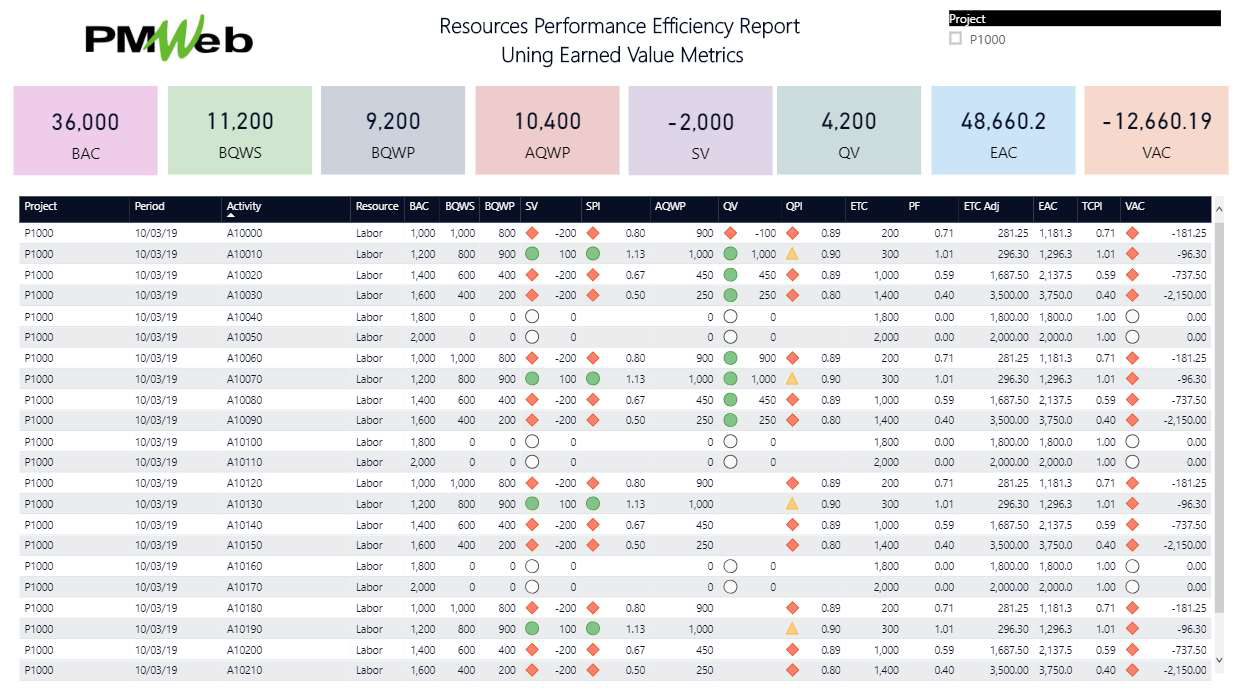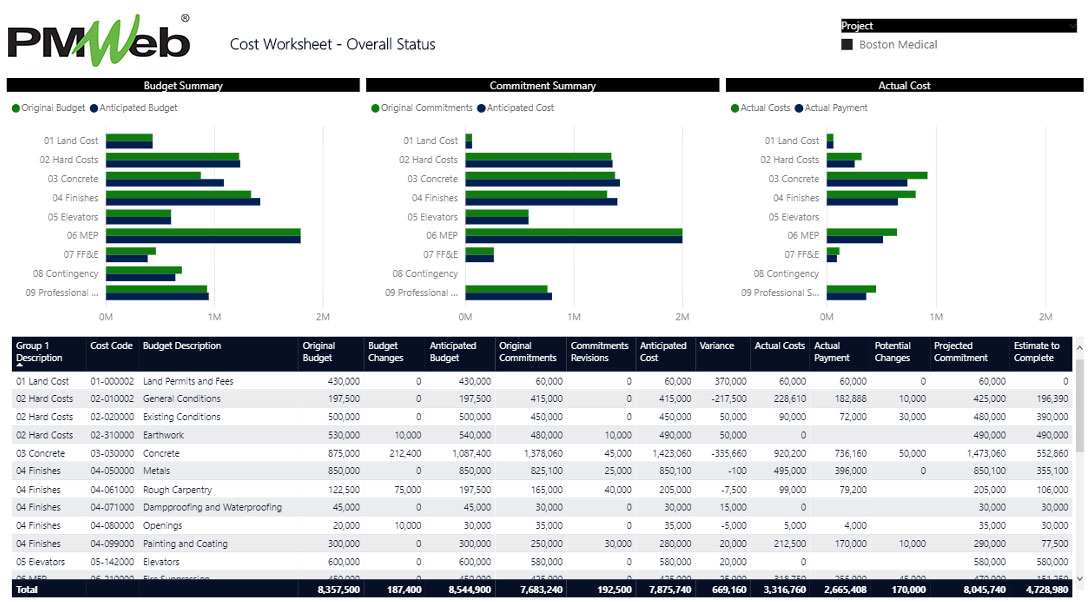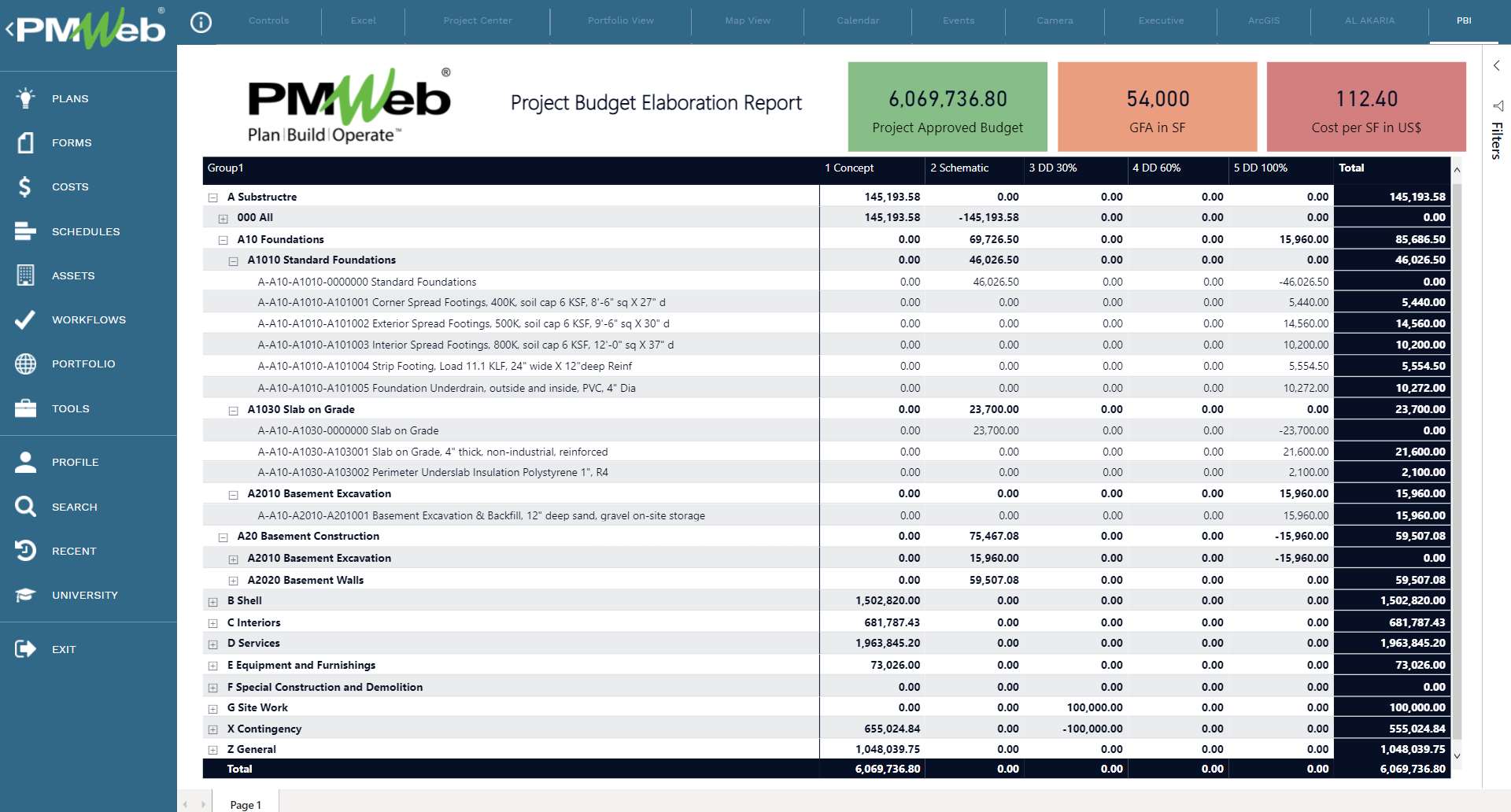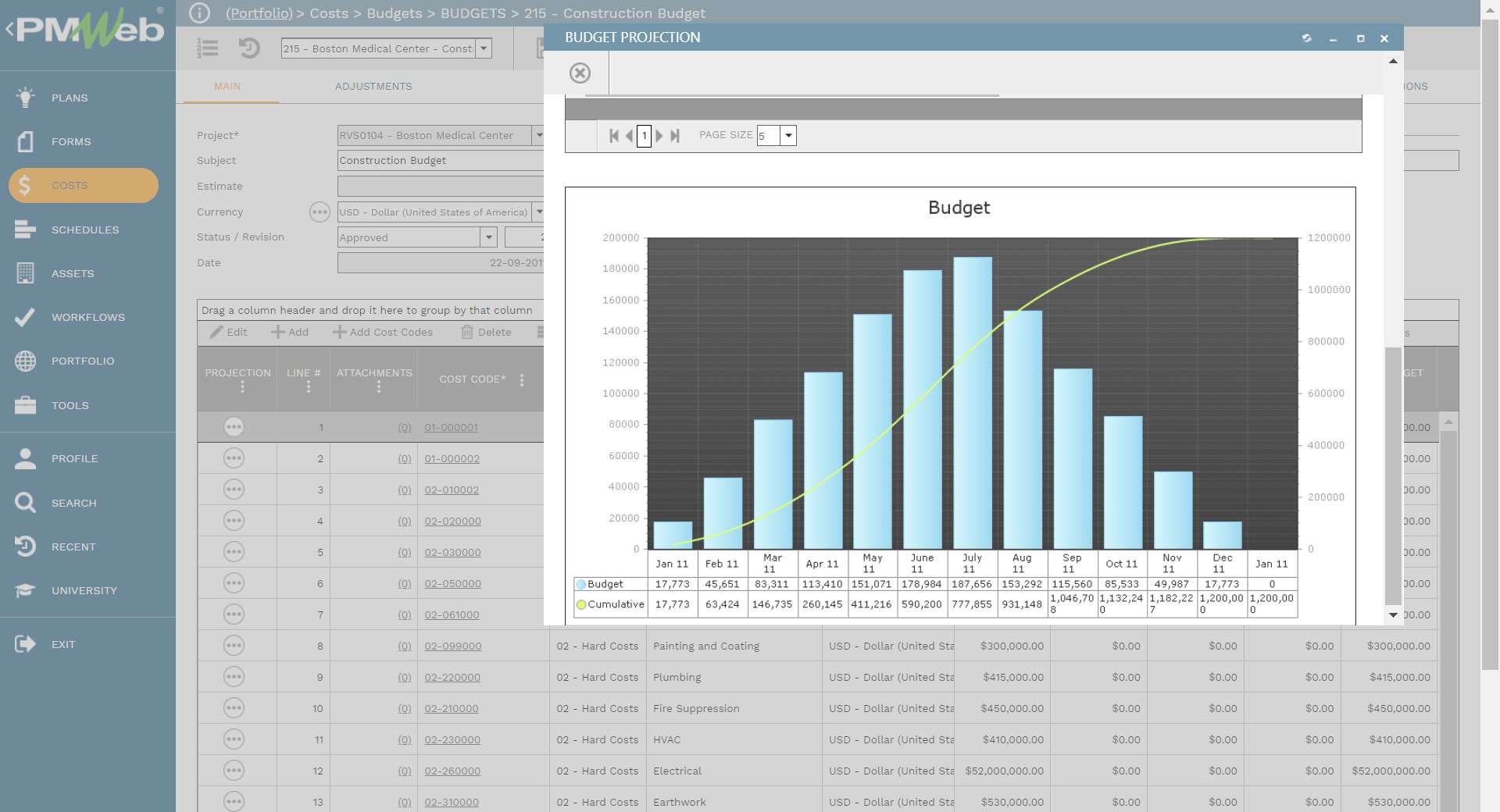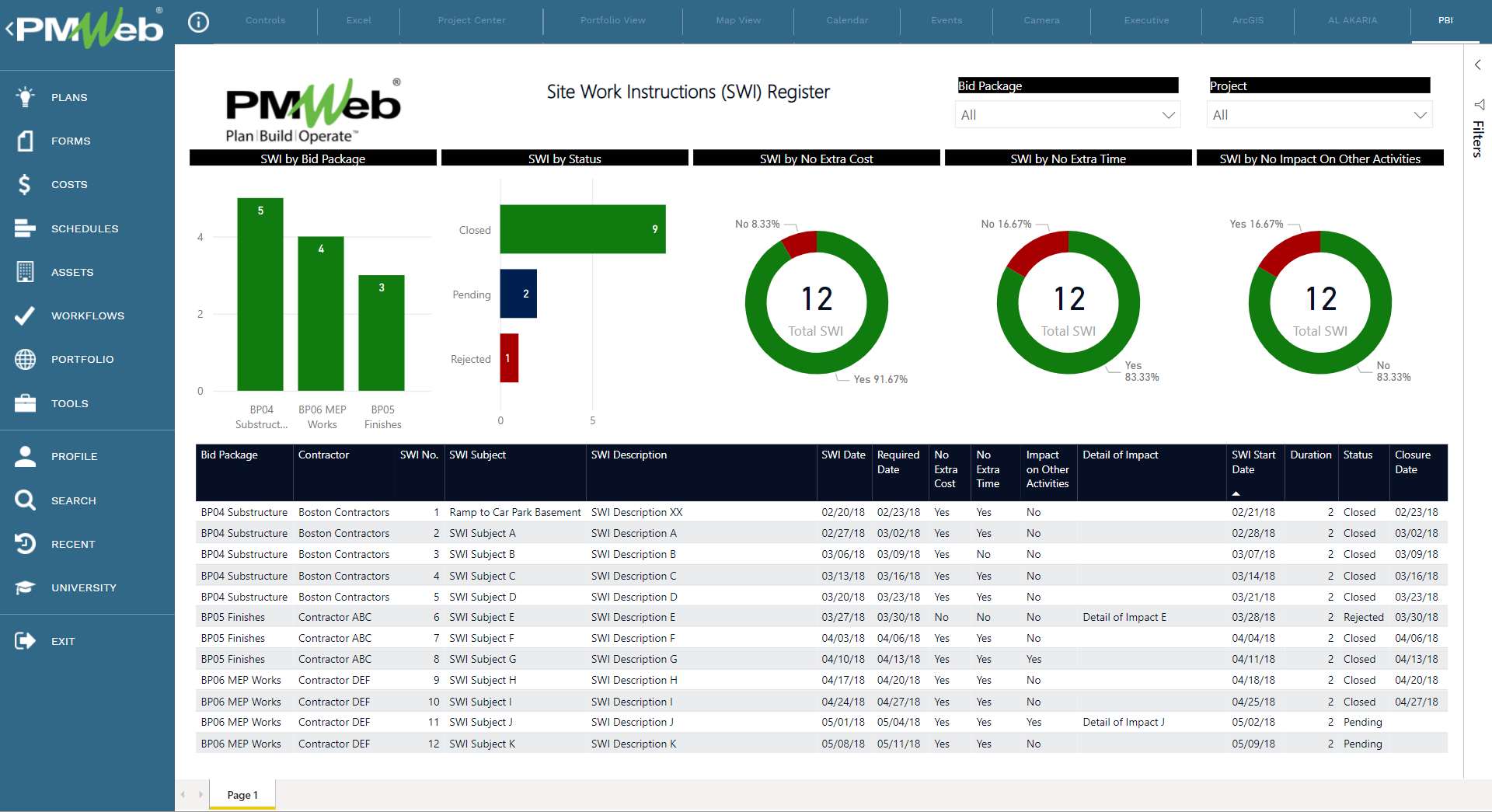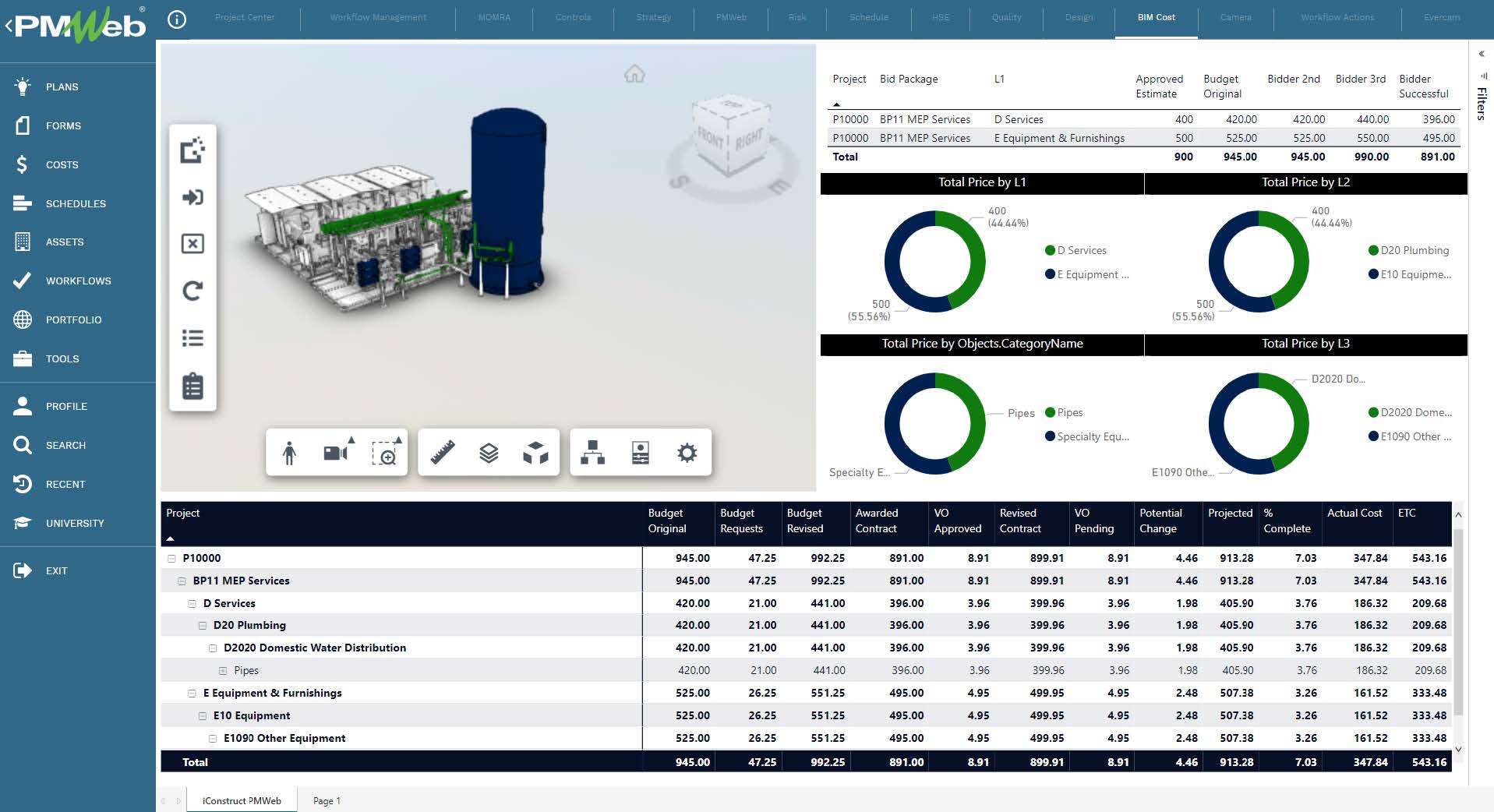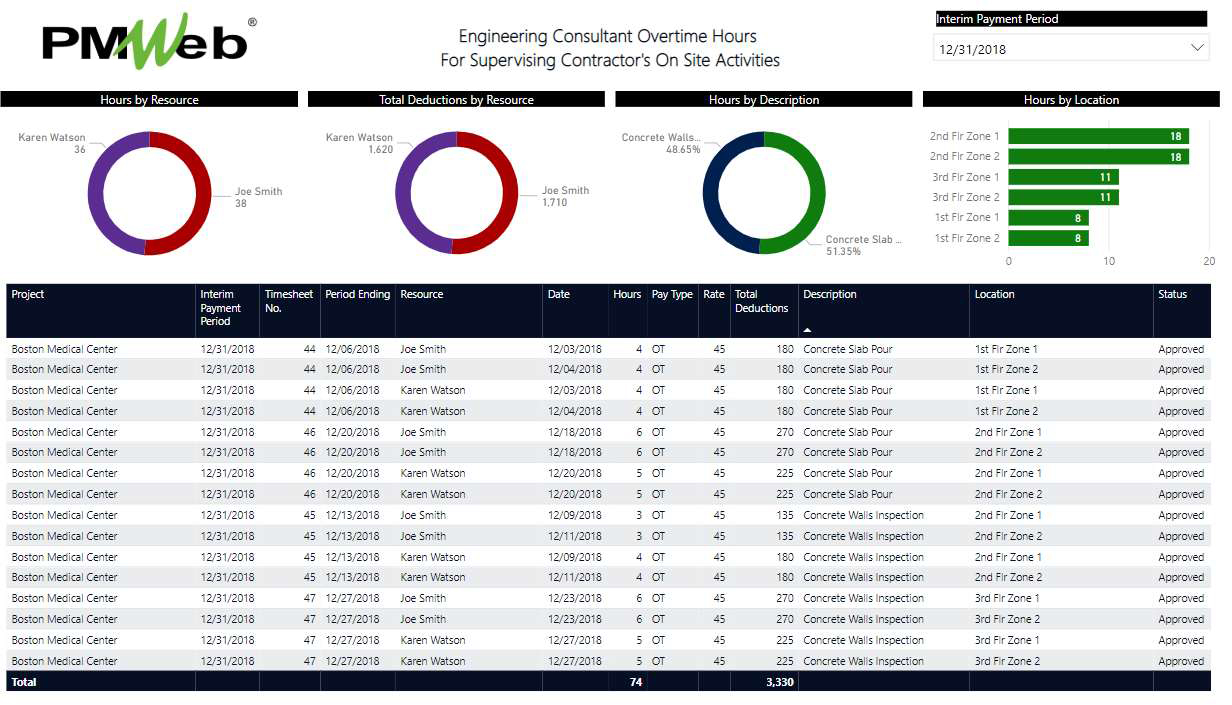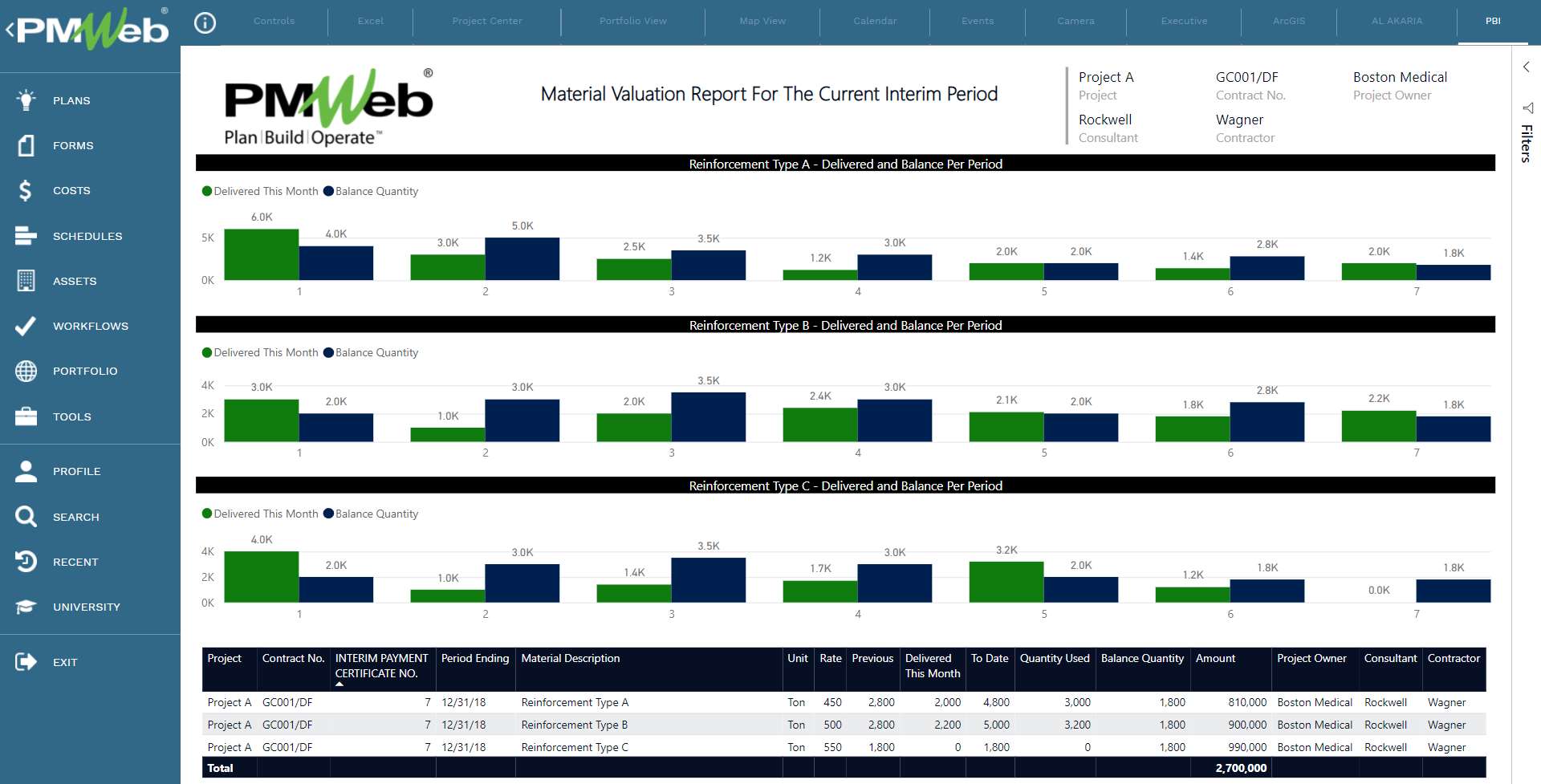Search by module
Search by category
- Advance Work Packaging (AWP) Best Practice
- Building Information Modeling (BIM)
- Communication Management
- Construction Claims
- Contract Management
- Cost Management
- COVID-19 Pandemic
- Design Management
- Digital Transformation
- Earned Value Management
- Engineering
- Health, Safety and Environment (HSE) Management
- Lean Construction Management Best Practice
- Multilingual, Multi-currency
- Performance Reporting
- Project Management Body of Knowledge (PMBOK)
- Project Management Office (PMO)
- Property Management
- Public Private Partnership
- Quality Management
- Resource Management
- Risk Issue Management
- Sustainable Project Delivery
How Cost-Loaded Schedules and Project Management Information System (PMIS) Provide A Real-Time Single-Version-of-the-Truth Earned Value Management Report
PMWeb
The use of what is known as the cost-loaded schedule within construction project management software to establish the value of...
Read More
Navigating Change: Minimizing Impact on Projects During PMIS Adoption
PMWeb
One of the key requirements when it comes to delivering capital construction projects is how to have a trust-worthy, auditable,...
Read More
Real-Time Single Version of the Truth Awarded Contracts Financial Performance and Status
PMWeb
To conclude the benefits that digital transformation could bring to an organization and before they commence their journey for the...
Read More
Cost Performance of FFE Procurement Contracts
PMWeb
The procurement of FF&E (furniture, fixtures & equipment) has a major role in the success or failure of an interior...
Read More
Getting Paid for Deliverables
PMWeb
Regardless of your project type or size, each project creates deliverables, which are simply the results of the project or...
Read More
Enforcing a Transparent Process for Keeping Track of Allocated Short-Term Funds for On-Going Capital Construction Projects that Need to be Slowed-Down
Tony
One of the key challenges facing Municipalities, Public Works Departments, and other public sector entities that are involved in delivering...
Read More
How Can Capital Construction Project Owners Launch A No-Nonsense Integrated Cost Management Solution in One Day?
PMWeb
If you are a project owner who invests in capital construction projects, you fully understand that having a real-time single...
Read More
Using Technology to Improve the Cost Estimating, Revenue Capturing and Actual Cost Incurred of Engineering and Design Deliverables on Capital Projects
PMWeb
For engineering and design consultants, using traditional cost estimating tools that are usually configured for estimating the cost of a...
Read More
Can Forensic Audits Help Recovering Funds Associated with Fraudulent Activities on Capital Construction Projects?
PMWeb
Financial losses during the implementation of capital construction projects arising from fraudulent activities can reach up to 45% of the...
Read More
Using Earned Value Management (EVM) Measures to Monitor, Evaluate and Report the Zero-Budget Variance Goal for Public Sector Capital Projects Delivery
PMWeb
Municipalities, public works departments, utilities, and other public sector entities across the globe are planning to release many capital projects...
Read More
Using Earned Value Method to Objectively Monitor, Evaluate, Report and Forecast the Performance of Investment Revenue Earnings
PMWeb
The capital investment revenue projects are the projects managed by the sales team to generate the anticipated revenue of the...
Read More
How Can Investors in Capital Projects have a Real-Time Single Version of the Truth Solution to Monitor, Evaluate and Report the Financial Performance of their Investments Portfolio?
PMWeb
It is critical for entities who have selected to invest in capital projects, especially after the COVID-19 pandemic, to understand...
Read More
Using Earned Value Management to Monitor, Evaluate, and Report Resources Efficiency Involved in Delivering Capital Projects
Tony
For engineering consultants, general contractors, EPC contractors, design-build contractors, subcontractors, and other entities whose project profitability depends on the efficiency...
Read More
The Great Value of Cost Worksheets in Analyzing, Monitoring, Evaluating, and Reporting a Single Version of Your Capital Projects’ Portfolio Cost Performance
Tony
For organizations who are involved in the delivery of capital projects, regardless of whether they were the project owner, contractor,...
Read More
How to Curb the Threat of Scope Creep to a Capital Project Budget?
PMWeb
One of the main objectives for capital project investments is to adhere to the approved project budget which was part...
Read More
What Cost Curves Capital Projects Owners Must Have to Monitor, Evaluate and Report a Real-Time Single Version of the Truth of Their Projects’ Performance and Status?
PMWeb
For capital projects’ owners, having cost curves to monitor, evaluate and report the performance and status of those projects’ financial...
Read More
Monitoring and Tracking Site Work Instructions on Construction Projects
Tony
Site Work Instructions (SWI) are written technical instructions issued to the contractor by the engineering consultant to execute a particular...
Read More
Capital Project Owners’ Nightmare of Cost Overrun and Overestimated Benefits
Tony
Owners of capital construction projects always have the nightmare of cost overrun and overestimated benefits. Those two performance measures have...
Read More
Capturing Supervision Consultant Overtime Charges for Supervising Contractor’s Activities in Construction Projects
Tony
One of the common items in interim payment applications for construction contracts is the deductions for the engineering consultant team...
Read More
Using the Material Inspection Request (MIR) Process to Get Paid for Stored and Delivered Materials on Construction Sites
Tony
One of the elements of an interim payment on construction projects is the payment for the contractor’s procured material delivered,...
Read More
Categories: Blog Categories
